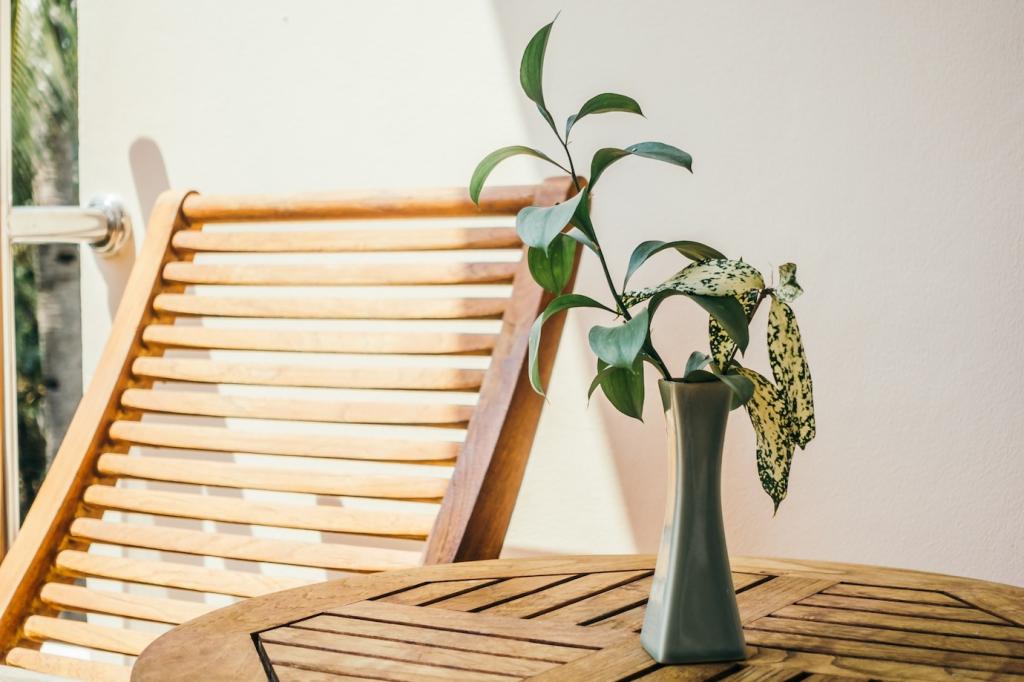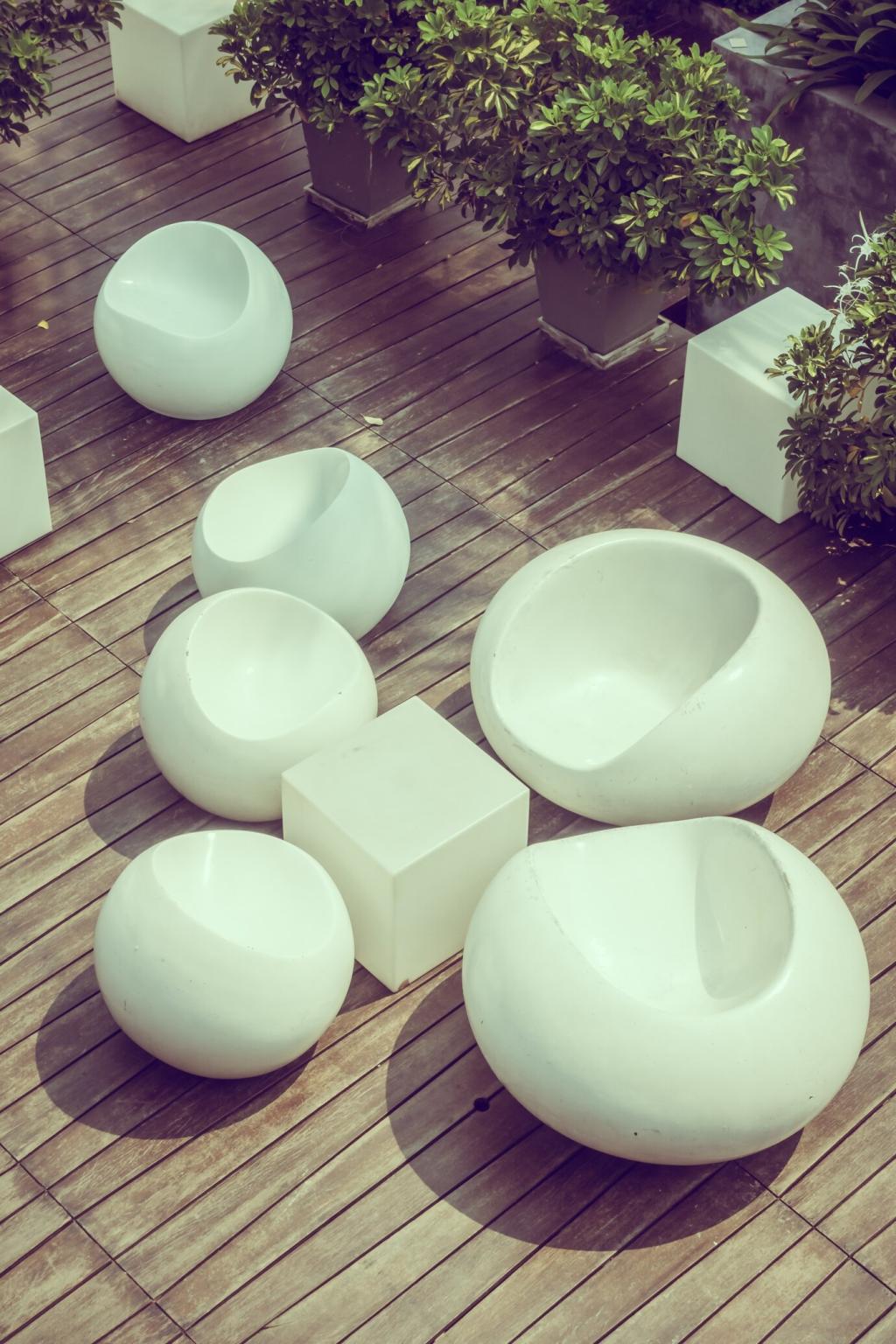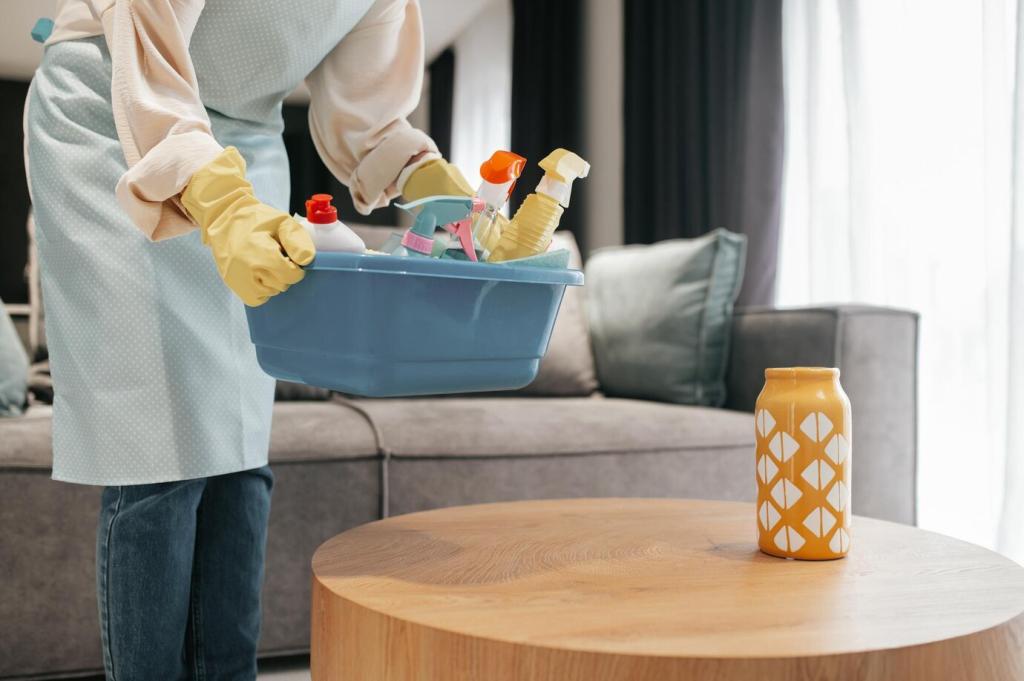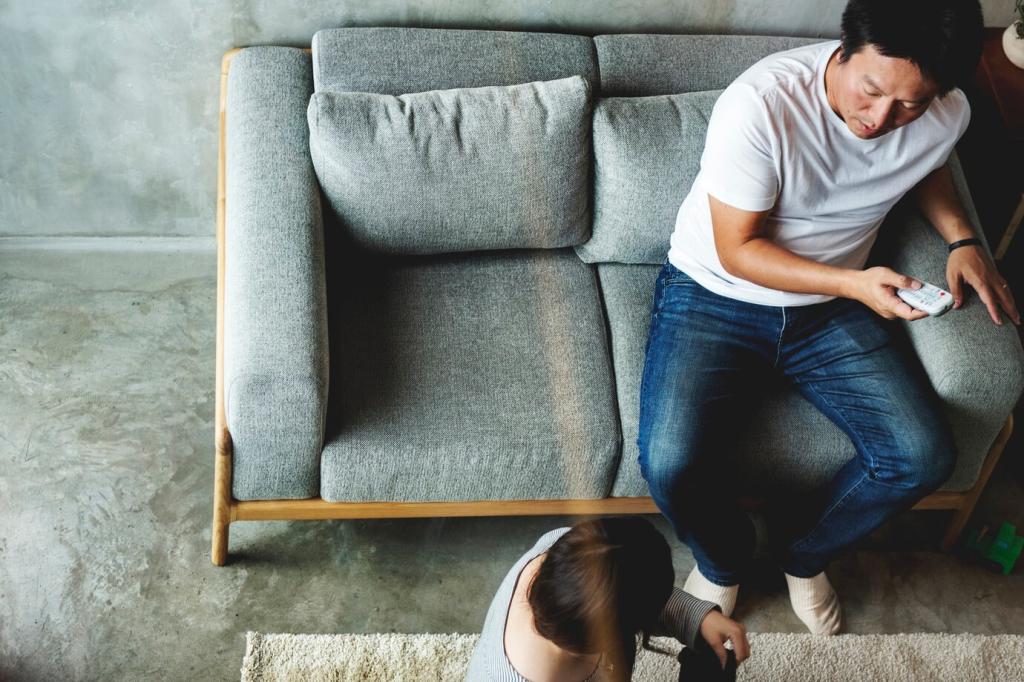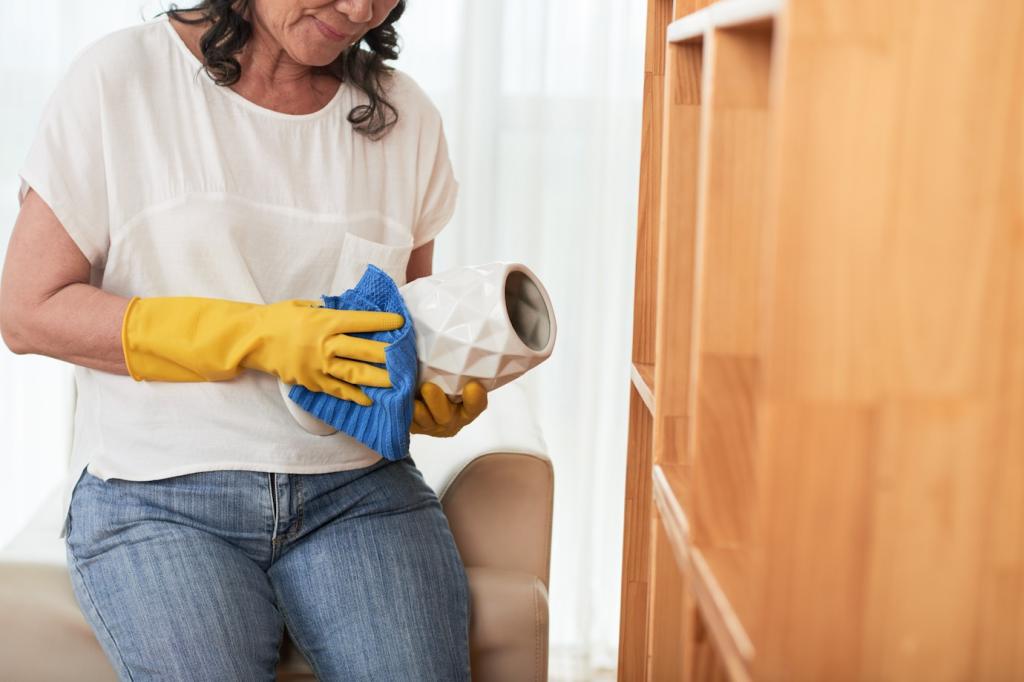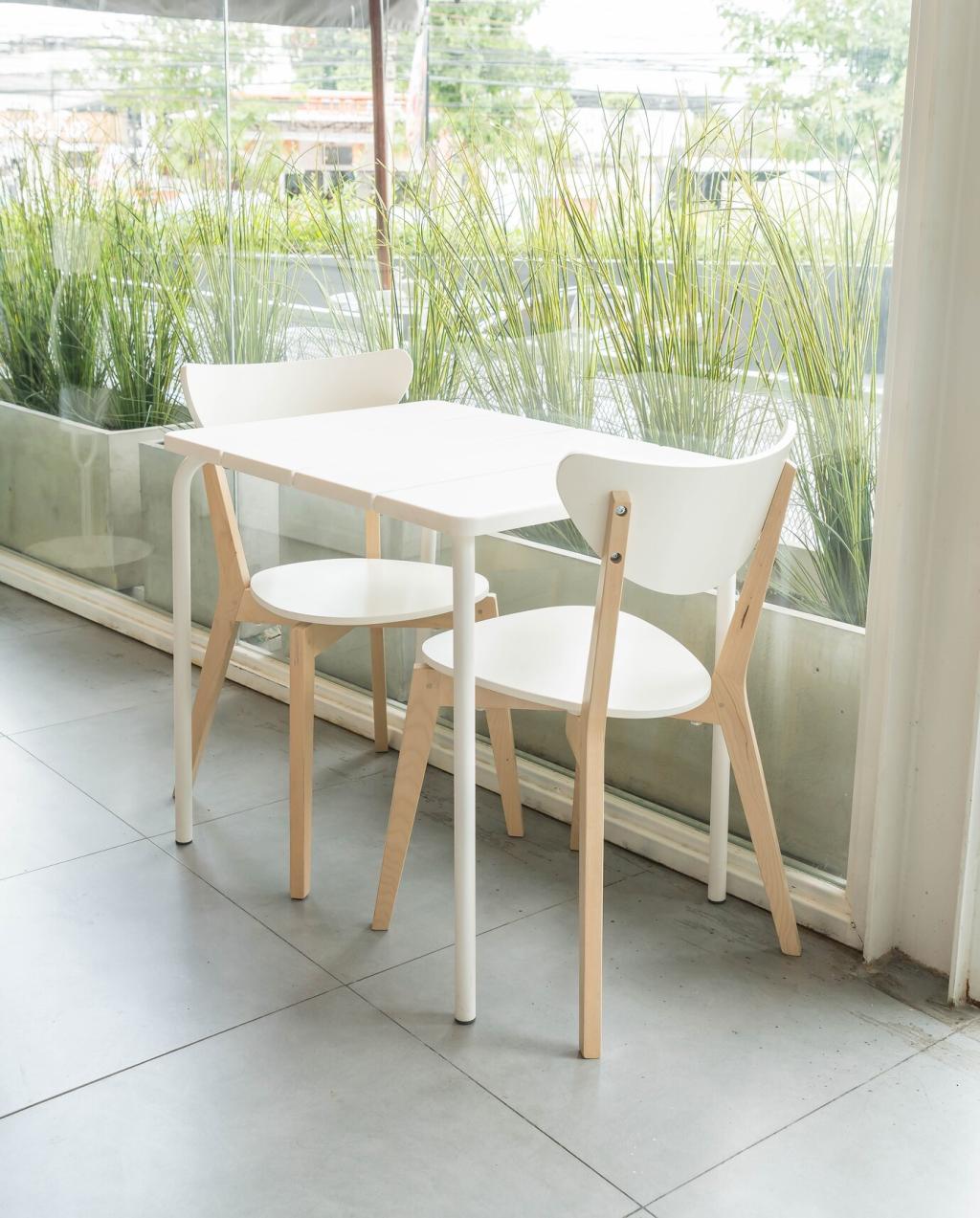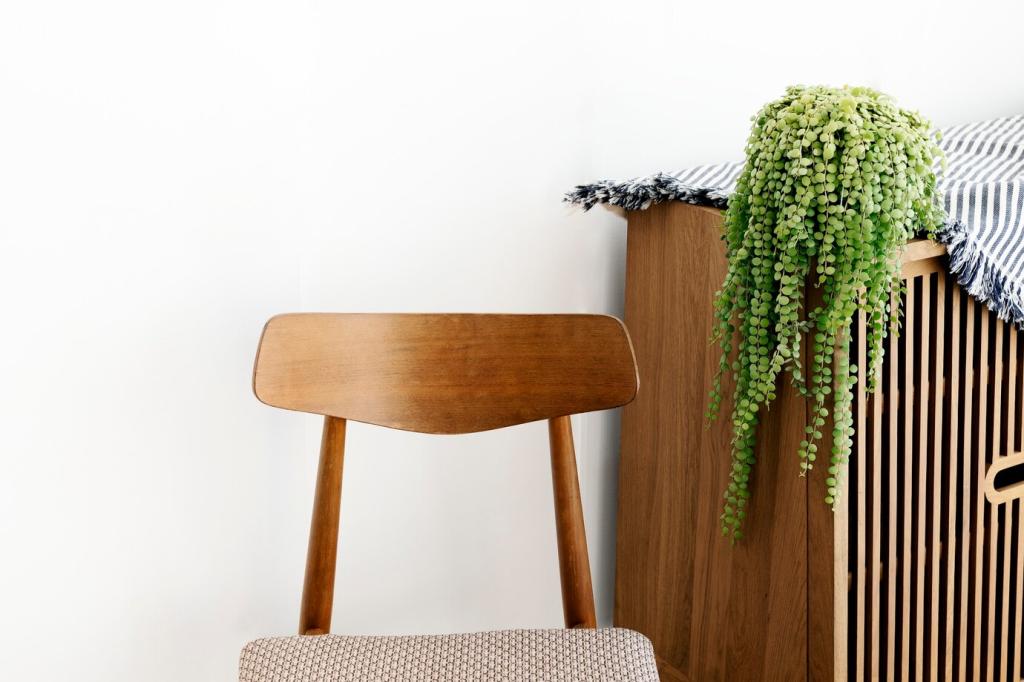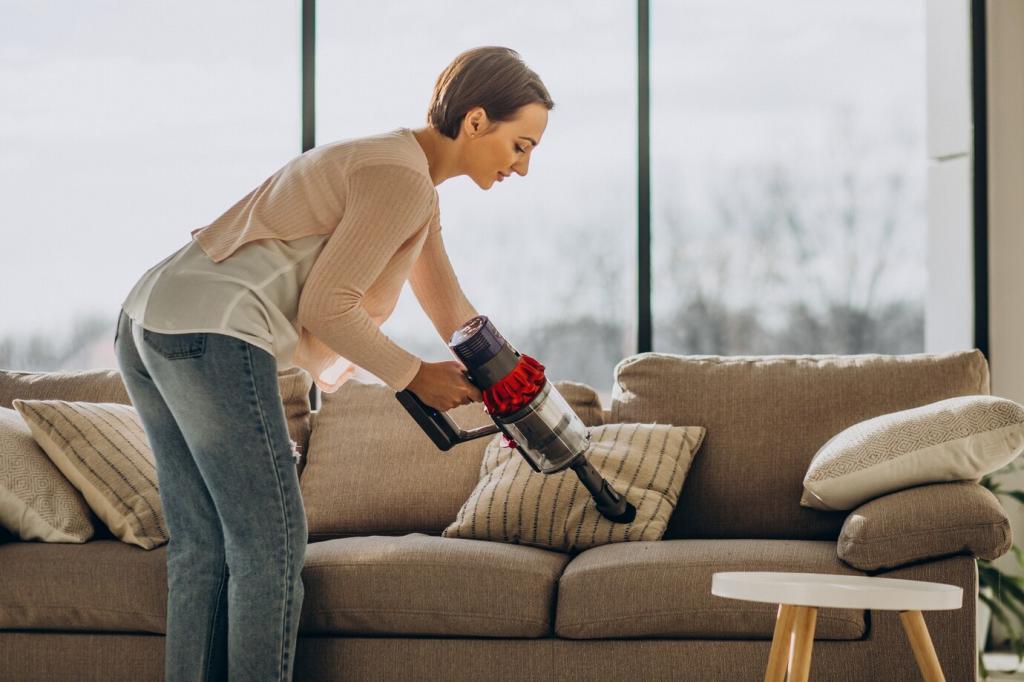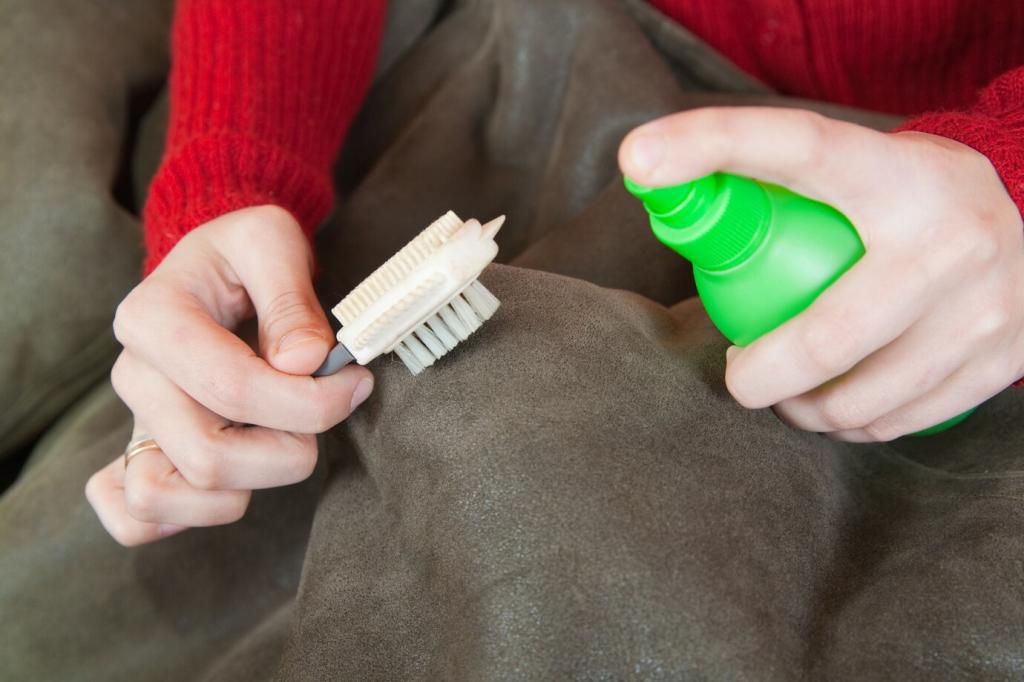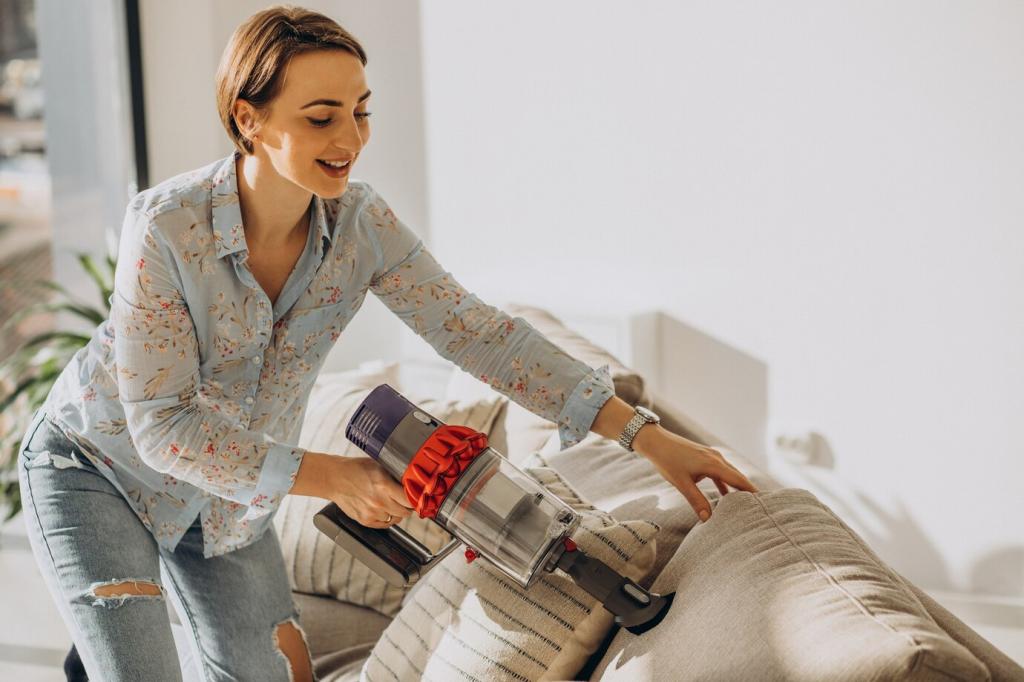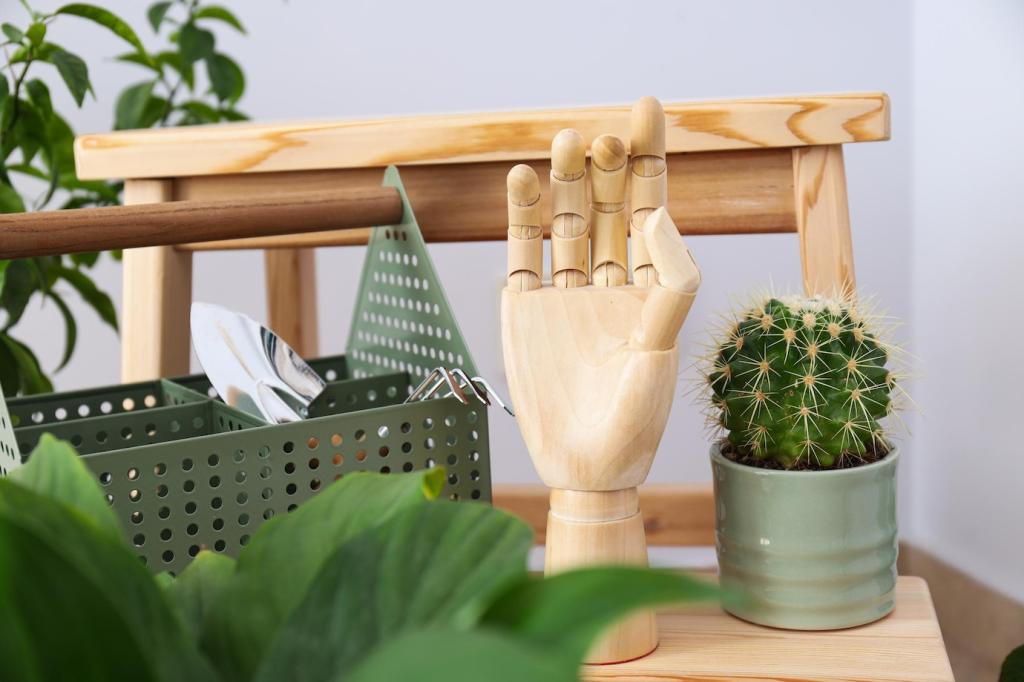Core Ingredients That Clean Without Damage
A few drops of castile soap in distilled water emulsify body oils and sticky spills without stripping sealants. Apply to a damp cloth, not directly on wood, then wipe dry. It’s versatile for sealed wood, laminates, and many painted surfaces.
Core Ingredients That Clean Without Damage
Diluted vinegar (about one part to three parts water) dissolves mineral deposits on glass or metal furniture accents. Avoid waxed or delicate wood finishes. Always test first, and follow with a clean water wipe to balance the acidity.

